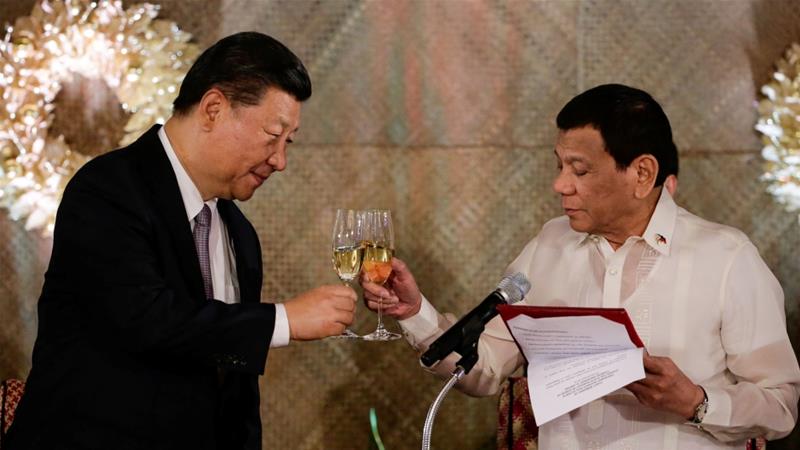Publications
How Taiwan stands up to China through soft power
- Details
- Written by: Mark Bryan Manantan

In his speech commemorating the 40th anniversary of the so-called Message to Compatriots in Taiwan, Chinese President Xi Jinping made it loud and clear: China will pursue a one-country, two systems approach to achieve peaceful unification.
Be careful what you wish for: a historical retrospective on the Philippines-US Mutual Defense Treaty
- Details
- Written by: Dr. Gregory H. Winger

Photo Source: CNN Philippines
Aristotle advised that if we are to understand anything we must “observe its beginning and its development.” Unfortunately, amid the tumult surrounding Secretary Lorenzana’s pledge to review the Mutual Defense Treaty (MDT), an appreciation for the historic origins and development of the U.S.-Philippine alliance has been sadly absent. Although clarifying the rights and obligations contained within the MDT represents a worthwhile undertaking, attempting to do so while ignoring the treaty’s historic context and evolution would be futile. To that end, it is useful to look at the specific charges currently levelled against the MDT by its critics and to identify the historical background of these contentions. This perspective provides both a deeper understanding of U.S. policy towards the Philippines and also helps contextualize the current dispute.
Factors Shaping Philippines-North Korea Relations
- Details
- Written by: Aaron Jed Rabena
The Republic of the Philippines’ relations with North Korea are influenced by four critical factors: political alignment with the United States, realpolitik, international norms, and risks to Philippine national security and interests. In other words, historical, functional, normative, and strategic factors have been of greater or lesser significance at different junctures in the nearly twenty-year formal Philippines-North Korea relationship.
Domestic Unease in Duterte’s ‘China‘ Policy
- Details
- Written by: Andrea Chloe Wong

Photo Source: Aljazeera
The revitalized relations between the Philippines and China can be attributed to President Rodrigo Duterte’s foreign policy shift. The warm bilateral ties is a sharp contrast to the frozen relations during the previous administration of Benigno Aquino III. Duterte opted for a more accommodating approach towards China that led to a dramatic turn in the bilateral ties--- from a confrontational stance to a more amiable outlook.
Proof of these renewed relations were the exchange of state visits by the two countries’ leaders. Duterte visited China early into his presidency in October 2016, while President Xi Jinping visited the Philippines in November 2018. Xi’s latest trip was the first state visit by a Chinese president to the country in 13 years, solidifying both countries’ restored trust and confidence.
